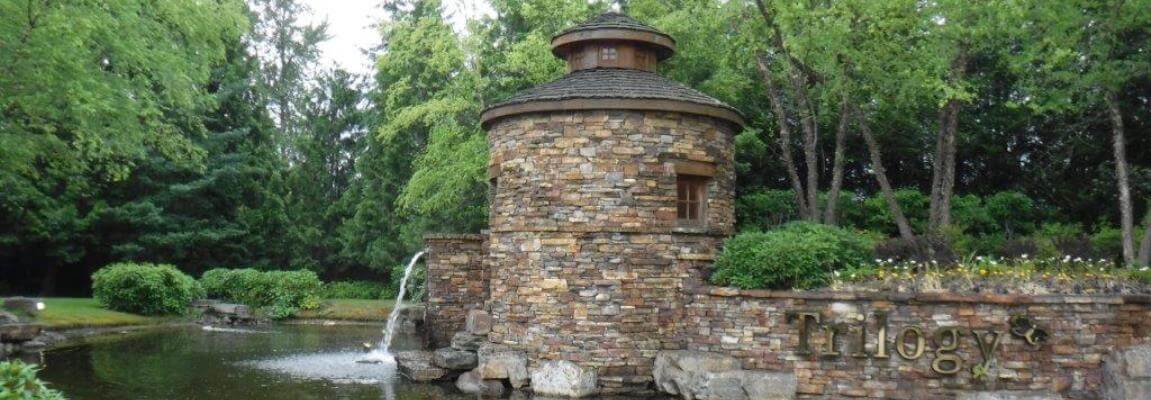Trilogy at Redmond Ridge is one of home builder Shea Homes celebrated resort-like communities catering to adults in their post-parental, post-professional life. Established about 20 years ago, it’s located on the outskirts of Redmond, home to Microsoft and Nintendo America. Some 30 miles east of Seattle, the property is centered around a spectacular 18-hole golf course. Surrounded by walking trails and wildlife preserves; the community offers lush landscaping, verdant evergreen forests and stunning views of both Snoqualmie Valley and the Cascade Mountains.
The heart of the community is the Cascade Club, a 32,000 square foot clubhouse featuring amenities such as a Junior Olympic-sized pool, indoor walking track, state-of-the-art gym equipment, a host of exercise classes, and a full spa. Trilogy residents can also stroll over 11 miles of outdoor walking trails as well as numerous trails adjacent to the Redmond Watershed.
Since 2015, keeping the amenities in tiptop shape is the job of Rob Guyott, on-site director of operations for this dynamic community. Prior to joining Trilogy at Redmond Ridge, Guyott spent 8 years as a professional portfolio manager. “It’s refreshing that our volunteers and board members are so generous with their time and energy,” says Guyott. There are a variety of volunteer committees supporting the management of Redmond Ridge. One committee serves as the liaison to the facilities team while an investment committee manages the cash funds and the Reserve funds. But as Association Reserves Washington president, Jim Talaga, remembers, this idyllic synergy didn’t happen without challenges.
The lingering effects of the economic downturn of 2008 were especially impactful to the Trilogy community. Home values dropped and were slow to recover while the homeowners’ financial assets including retirement accounts were tied to a volatile stock market. Combined with prolonged low interest rates limiting return on investments, many residents had to cope with a long-term sense of financial unease. As the builder, Shea Homes was a stabilizing presence, selling homes, maintaining the grounds and making sure the Reserve fund was well funded to ensure the well-being of the communities’ physical assets.
In 2013, the community was built out and it was time for Shea Homes to turn the entire association management over to the owners. Without the financial backing of Shea Homes, some residents became troubled about managing the property’s assessments along with their own personal finances. Talaga recalls there was pressure to reduce assessments and “some residents wanted to put a million dollars in the Reserve fund and then special assess as needed.” It was challenging to explain that this type of financial plan would risk underfunding the Reserves, and possibly increase financial instability as owners would not be prepared for when or how much the special assessments would be. Fortunately, the wisdom of age and mindset that made many residents leaders in their respective fields prevailed. The board compromised and strategically reduced the funding percentage from over 80%-funded to 70%-funded. With the help of Association Reserves, the Board determined that this level of funding was still fiscally responsible and minimized the risk of special assessments. Today, the board relies on annual Reserve Study updates to maintain the Reserve fund at or close to 70%-funded.

